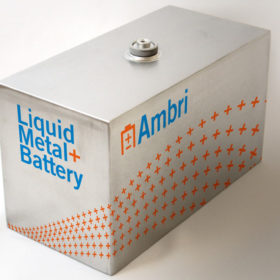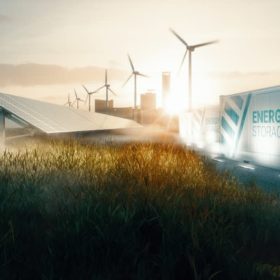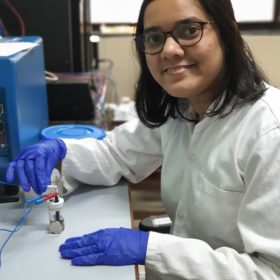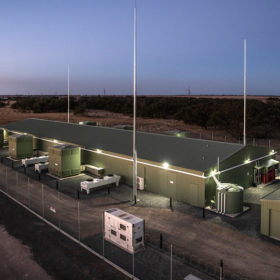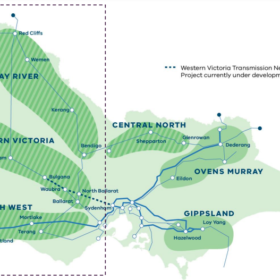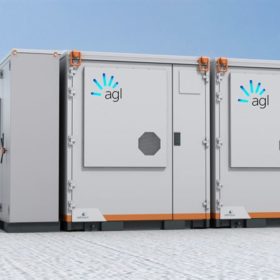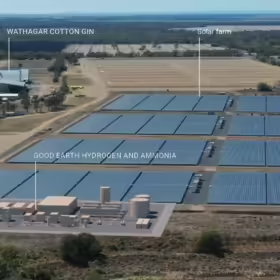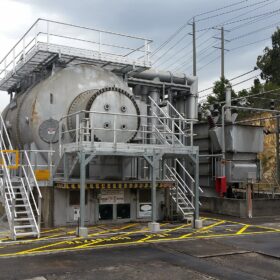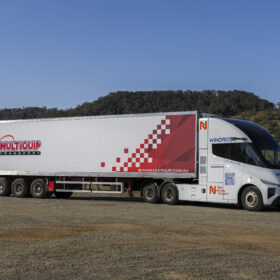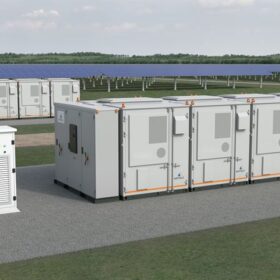Calcium-antimony liquid metal battery to be commercialised by US company
Ambri has secured US$144 million ( AU$195 million) to commercialise its calcium-antimony liquid metal battery chemistry and open manufacturing facilities to deliver projects in 2023 and beyond.
CSIRO looks to space to test next gen solar cell technology
The CSIRO is pushing the limits of flexible solar PV cells, partnering with Australian start-up Space Machines Company to test the technology in space.
bp study confirms Australia’s green hydrogen export potential, and calls for carbon price
A bp Australia study partially supported by the Australian Renewable Energy Agency has confirmed the technical feasibility of large-scale renewable hydrogen and ammonia production for export in Australia, particularly in Western Australia’s Mid-West. However, the development of such an industry, says bp, requires strong government policy support, including a carbon price or emissions cap.
Indian researchers increase hydrogen yield three-fold while using less electricity
Researchers at the Indian Institute of Technology Bombay (IIT Bombay) have devised a method that increases hydrogen production up to three times while significantly lowering the energy required for water electrolysis.
Why AGL’s new grid-forming battery is ‘genuinely cutting edge’
Australian giant AGL Energy plans to build what will be the world’s largest ‘grid-forming’ battery in South Australia, deploying technology so novel that it yet to be clearly regulated in Australia. “Trialling something like this on the grid at this scale hasn’t been done before anywhere in the world,” Josh Birmingham, Director of Large-Scale & Project Solutions at SMA Australia, told pv magazine Australia.
REZ wriggle on – Queensland and Victoria seek input
Both Victoria’s and Queensland’s state governments are moving on their renewable energy zones (REZs) with tight deadlines looming for hopeful projects in Victoria, while further north the government is eager to hear from local communities.
Harnessing heat in solar cells with thermionics
Scientists in Canada evaluated the potential of a lesser-known approach to boosting solar generation efficiency. Thermionics uses heat from the sun to generate electricity, and could be combined with photovoltaics to create devices with better than 40% efficiency from a single junction. In their evaluation, the scientists find promising pathways for further research, despite a mountain of challenges that will need to be overcome.
World’s largest ‘grid forming’ battery to begin construction near Adelaide
Australian giant AGL Energy will soon own the world’s largest ‘grid forming’ battery, with construction on its 250 MW/250 MWh big battery to begin later this year at Torrens Island, just north of Adelaide in South Australia. The battery will be delivered by Finnish technology company Wärtsilä with inverters supplied by German company SMA Solar Technology.
Zinc-iron redox flow battery with zero dendrite growth
Scientists in India fabricated a redox flow battery based on zinc and iron that showed strong storage characteristics and no signs of degradation over 30 charge-discharge cycles. The battery also showed no signs of dendrite formation, overcoming one of the key hurdles for redox-flow batteries based on these low-cost, abundant materials.
IPCC report issues blunt 2030 climate warning
The world authority on climate change, the Intergovernmental Panel on Climate Change, has issued its Sixth Assessment Report, the most scathing yet, declaring our current trajectory of global warming will reach 1.5C by 2030. The report makes clear the heightened climatic effects of climate change will only increase, with the transition to renewable energies our only hope.
